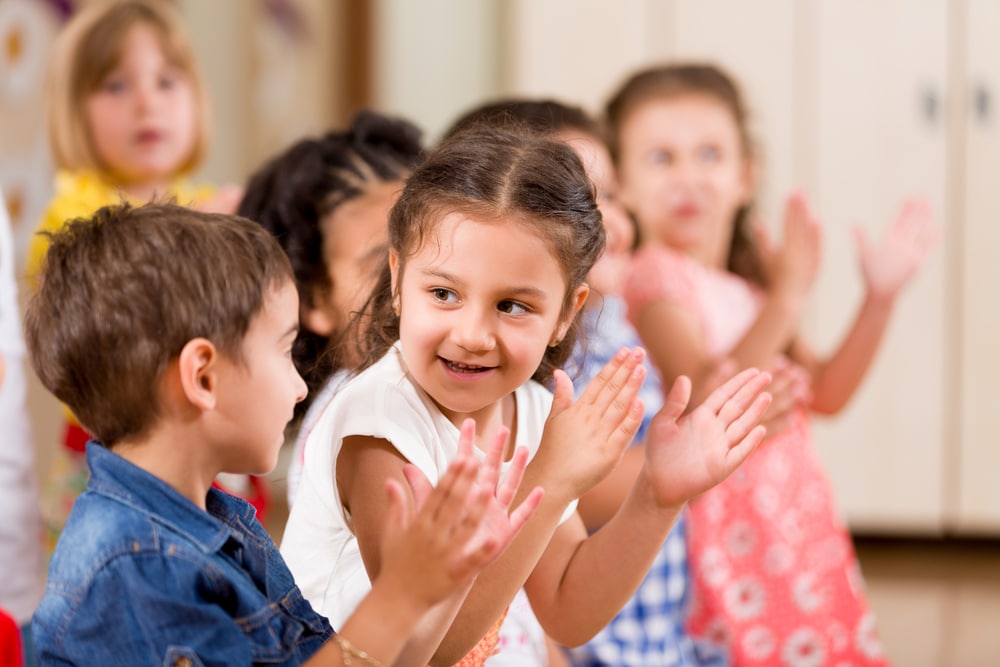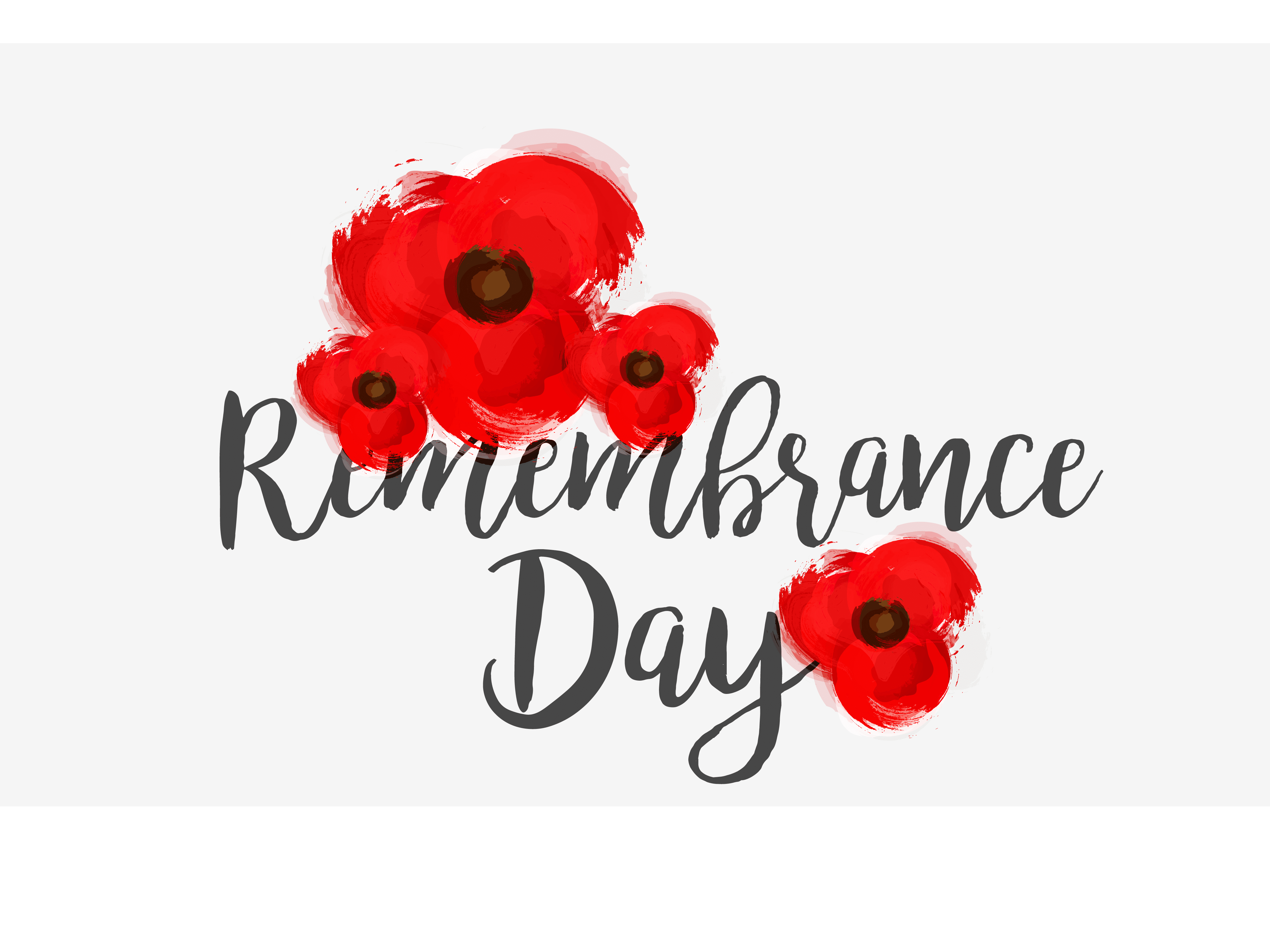Useful tips and resources to teach Remembrance Day in the classroom
Remembrance Day is hugely important to teach children. It marks the peace agreement that ended World War I at 11 am on 11th November 1918. It is a day to remember and respect the memory of those who served, are currently serving and those that, unfortunately, we lost in battle. The poppy is worn as a sign of remembrance but also stands for hope of a peaceful future. A future that the children will shape. Therefore, children need to learn about Remembrance Day, to carry on remembering what happened to push for change in the future so war doesn’t need to happen.
It can be difficult to know how to educate children on such a devasting and gruesome topic. To help you we have created some tips on how to approach war and the importance of Remembrance Day in the classroom.
Key figures
A simple way to start introducing war to children is by showing them some key figures throughout WWI and WWII. This can be made fun with some profiles of each key figure that the children have to match up the picture to the description. This will help build an understanding of what occurred in the two world wars, leading to children grasping the importance of Remembrance Day.
Some key figures are:
WWI- Kaiser Wilhelm II, David Llyod George, Edward Grey
WWII- Churchill, Adolf Hitler, Franklin D. Roosevelt
The Story of Anne Frank
Relating to the key figures, Anne Frank is a good way to show children what was happening in WWII. Sharing parts of her story, from her diaries, and teaching the kids who she was, allows them to come to terms with the severity of the war. Also, it shows them what some children around their age went through to put themselves in their shoes for a while. Anne Frank’s journey is long and would take forever to fully tell but you can easily break the story into chunks to create a timeline or set tasks on the children’s understanding of Anne Frank.
Anne was an influential figure amid hate against her faith and her story should never be forgotten.
Stories on War and Remembrance Day
Reading stories together as a class is a really useful way for kids to learn about these topics. Reading can help them digest events in a fun way that gets their imaginations going. It’s a great way to get them to feel for the people that were affected by the two wars. Plus, along the way, they get to improve their literacy skills whilst learning about key events! To make the storytime more immersive for stronger readers, you could get everyone to read/act out parts of the book.
Take a look at the war and Remembrance Day book list we have compiled below!
Stories on war:
- Goodnight Mr Tom by Michael Magorian
- When Hitler Stole Pink Rabbit by Judith Kerr
- Flo of the Somme by Hilary Robinson
- War Horse (picture book) by Michael Morpurgo
Stories on Remembrance Day:
- Where the Poppies Now Grow by Hilary Robinson
- A Poppy is to Remember by Heather Patterson
- Proud as a Peacock, Brave as a Lion by Jane Barclay
Connecting to the children of the past through role play
Kids tend to understand situations more through physical learning and experiences of other children similar in age. To gain knowledge of WWII and the point of Remembrance Day, teachers can show the stories of evacuees. Now, this is shown through stories such as C.S. Lewis’s The Lion, The Witch and The Wardrobe but kids more than likely don’t fully understand the situation. A great way to do this is to get them to list everything they love in their life and get them to imagine it all being taken away to keep them safe. Explain this is what children in WWII had to do.
To get them interacting more with this thought, teachers can set up a role-play scenario based on evacuees. This could be a simple how do I feel? conversation after imagining taking everything away from the list. Or it could be snippets from a book/script, or completely made up. This engages kids to slightly feel the emotions the children had to go through back then which helps with their understanding.

Poetry on Remembrance Day and War
Another way to get the kids to think about the importance of Remembrance Day and events of war, is through poetry. Again, this can be done as a class and can even be followed by questions about the poem. This gets children involved in the poem and they can then start to understand the meaning of the poem. You could also do some activities based on the poem and even get them to write their own short poem!
Below is a list of poems, that we have sourced, for you to look at.
War poems:
- Rocca San Giovanni by George Fraser Gallie
- September 1st 1939 by W.H Auden
Remembrance Day poems:
- In Flanders Field by John McCrae
- I Am Wearing a Poppy by S. Ryan
- We Shall Keep the Faith by Moira Michael
Creative writing
The best way for children to get stuck into the lives of people in the war is by writing creatively. This could be linked to a book or poem that you have read where the kids can carry a story on or give an alternative storyline. You could even get them to write about Remembrance Day in a creative way too!
Doing this helps with their writing skills as well as developing their understanding on what they have learnt from Remembrance Day and the wars. They get to delve into their imaginations, discovering British history in a fun way whilst learning the seriousness/importance of the topic.
Arts & Crafts
Get crafty with the class by making poppies or poppy artwork! Use tissue paper, paper plates, paint or any materials to create the poppies. It’s such an enjoyable way to connect to Remembrance Day, plus you can display their creations around the classroom to respect and remember!

More activities
A great way to get children thinking of what Remembrance Day means to them is to do an acrostic. This can be done with the word Remembrance. Get them to think of a sentence for each letter, that relates to Remembrance Day. This furthers their understanding of the importance of the day as well as lets them be creative to show what they know.
Listen to classic war songs whilst the children work. This gives a sensory aspect to their learning which they will enjoy. War songs also tell a story of people’s feelings before, during and after the war so the children can connect to those emotions. A popular war song is We’ll Meet Again which is powerful and emotional, telling the story of men departing to go into battle.
Using Remembrance Day puzzles, quizzes and colouring in sheets will also help children to understand the day. It is a fun way of discovering more information about the day and what is connected to it (such as poppies). It is easy to find things like word searches through Google that can be used for free!
Take the class outside to plant poppies! Have them prepare the soil and plant the seeds whilst learning about different kinds of poppies and their use of them for Remembrance Day. Then, make sure they care for their poppies by watering often to show them how important poppies are for the day.
Resources
Below are a few resources with lesson plans for Remembrance Day and more books and poetry that you can look into.
The British Legion have some amazing class ideas to get the kids fully involved in Remembrance Day for further inspiration!
Find some more poppy craft ideas and step by step guides on how to create them here.
Here’s more information on key people alongside key events and a task that could be handy for class inspiration.
DiscoverPoetry have further war/ Remembrance Day poems in case you’re stuck on finding some to use in class.
Booktrust have an extensive list of war/Remembrance Day books to help inspire you further!